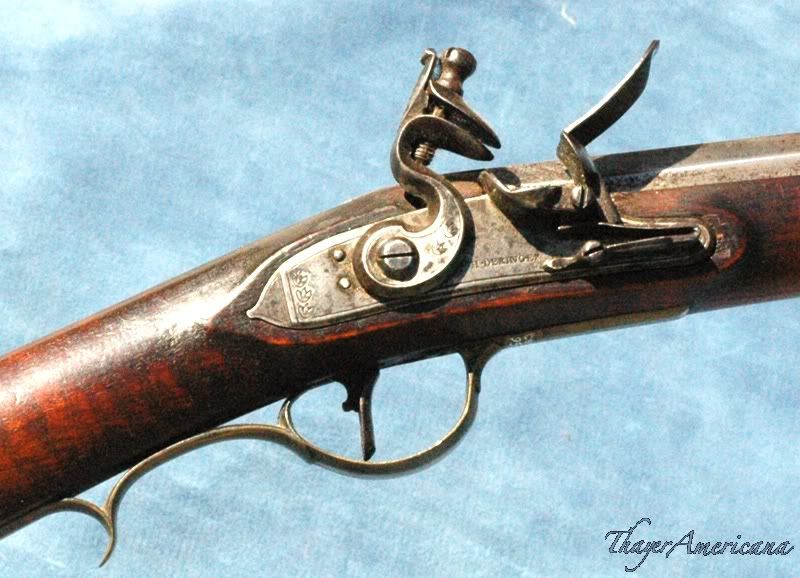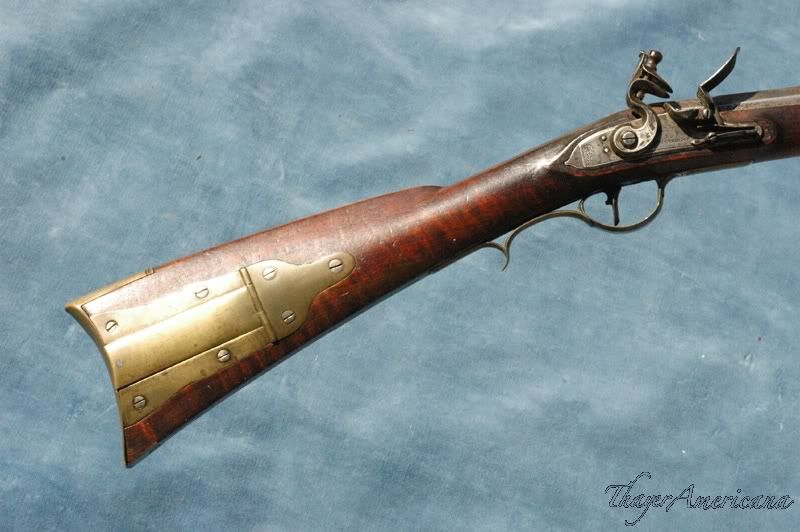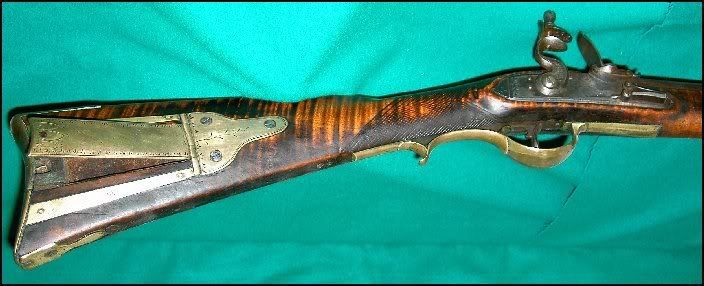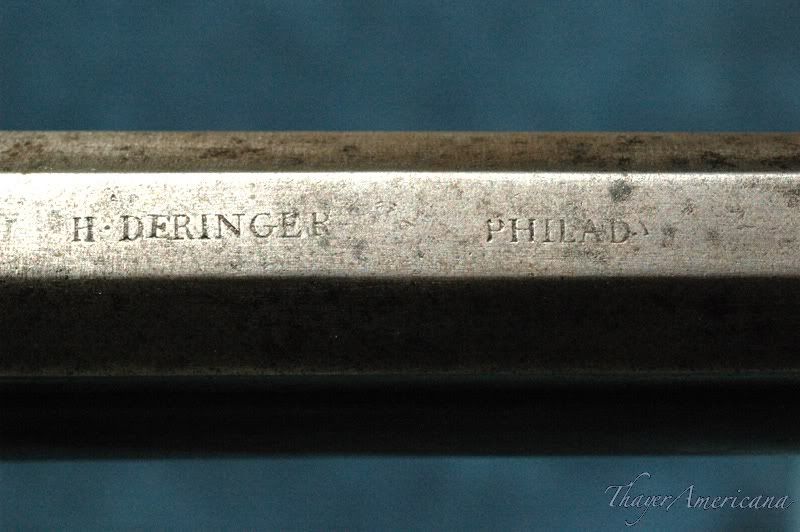Deringer rifle markings and dates
Mar 28, 2011 20:32:35 GMT -7
Post by sean on Mar 28, 2011 20:32:35 GMT -7
I've made no bones about being a fan of Deringer rifles and I try to make a habit of collecting little details on these guns because there is relatively little published information on them. They show a pretty significant amount of variation in stock architecture consistent with an operation that employed several stockers. These guns can also be difficult to date because there are relatively few dated examples. I have noticed some general patterns in lock and barrel stampings with a few dated examples that help give a general idea of when a gun might have been produced. Please note that these are not hard and fast rules. With other makers such as the Henry family, there is significant overlap in the use of the JJ Henry and J Henry stampings and this may well have been the case with Deringer as well. Also, this is my current understanding of the chronology based on the examples I have seen and the dated pieces that I found. As such it is subject to change with new information. I'm also open to new information from any who read this.
At any rate, I'll do this in several postings over the next few days starting with the earliest markings and working towards the later guns.
I'll start off with markings that appear to date from the beginning of Deringer's work in Philadelphia in 1809 until 1815. These earliest Deringer lock stampings appear as H.DERINGER with the period elevated to the middle of the text. For example, see this 1814 military contract rifle lock:


Note that this lock also has the tri-foil pattern stamped on the rear of the lock. One of the editors of Man At Arms magazine and a well known researcher of the English gun trade believes that few locks were actually made in the US with the majority being imported from England in the 19th century. He told me that this tri-foil marking was common on Birmingham-made imported locks of the period. I have seen other English import locks from Birmingham makers on Deringer rifles marked by locksmiths like Sharpe, Smith, and others.
Here's an example of of a lock from a similarly marked early civilian rifle:


Note this rifle also has the similar oversized military-type patchbox finial as the rifle above.
Similar markings are generally seen on the big eagle head box guns with patchboxes of this pattern:

Barrel stampings on guns of this vintage generally have the same H.DERINGER sometimes followed by a 5-point star followed by PHILADA with a smaller raised A at the end. Here's an example from the same 1814-dated military contract rifle without the 5-point star:

Lock stampings change beginning in late 1814 or early 1815 with the production of the 1814 Wickersham-type rifle for the US Military. Tomorrow, I'll try to post some examples of marking on miltary and civilian rifles from roughly 1815 to the 1830's.
Buenos noches,
Sean
At any rate, I'll do this in several postings over the next few days starting with the earliest markings and working towards the later guns.
I'll start off with markings that appear to date from the beginning of Deringer's work in Philadelphia in 1809 until 1815. These earliest Deringer lock stampings appear as H.DERINGER with the period elevated to the middle of the text. For example, see this 1814 military contract rifle lock:


Note that this lock also has the tri-foil pattern stamped on the rear of the lock. One of the editors of Man At Arms magazine and a well known researcher of the English gun trade believes that few locks were actually made in the US with the majority being imported from England in the 19th century. He told me that this tri-foil marking was common on Birmingham-made imported locks of the period. I have seen other English import locks from Birmingham makers on Deringer rifles marked by locksmiths like Sharpe, Smith, and others.
Here's an example of of a lock from a similarly marked early civilian rifle:


Note this rifle also has the similar oversized military-type patchbox finial as the rifle above.
Similar markings are generally seen on the big eagle head box guns with patchboxes of this pattern:

Barrel stampings on guns of this vintage generally have the same H.DERINGER sometimes followed by a 5-point star followed by PHILADA with a smaller raised A at the end. Here's an example from the same 1814-dated military contract rifle without the 5-point star:

Lock stampings change beginning in late 1814 or early 1815 with the production of the 1814 Wickersham-type rifle for the US Military. Tomorrow, I'll try to post some examples of marking on miltary and civilian rifles from roughly 1815 to the 1830's.
Buenos noches,
Sean
